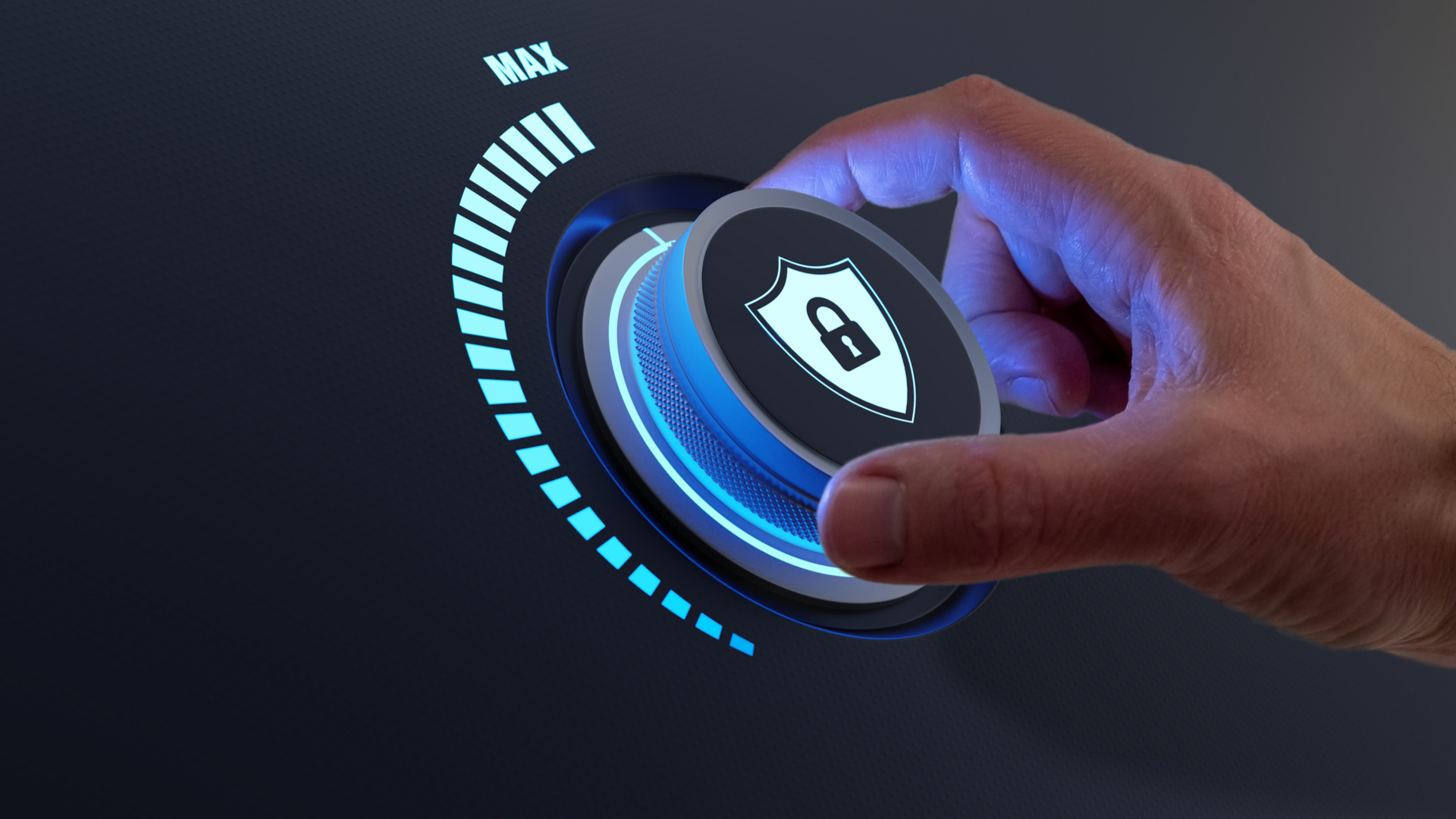People at the core for successful and secure digital transformation
A human-centric approach to the digital landscape

During the pandemic, business operations shifted from traditional processes to a more connected, data-driven strategy. The digital landscape is constantly expanding to accommodate increasing amounts of data as technology evolves and advances. According to one study, 62% of businesses worldwide see digital transformation as a top priority for 2023, with those not currently embarking on this journey having a plan in place.
Digital transformation, however, is more than modernising infrastructure and applying updates to existing processes. It requires an entire overhaul of outdated methods through the integration of new technologies, as well as a change in the human approach and mindset to technology. Doing so will allow for more intelligent processes and promote the connectivity of everything, everywhere, at any time.
With increased digital reliance comes greater complexity and increased use of connected objects. In-depth understanding is required if we are to effectively leverage both Internet of Things (IoT) and cloud services while harnessing the power of artificial intelligence (AI), machine learning (ML), and many other innovative digital technologies.
Cyber threats
Alongside digital transformation, cybersecurity standards for all enterprises and organizations are undergoing stringent upgrades. As all business activities rely more and more on digital means, cyber threats are growing at double pace in this ever-evolving digital landscape, becoming increasingly more complex. With work-from-anywhere environments now a standard work model, and the need for organizations to enhance their digital solutions in a short period of time, the potential for cyber vulnerability exploits has drastically increased.
The potential for cybersecurity breaches increases as the volume of IoT rises. Each connected device presents a potential entry point for threats. Therefore, businesses must carefully consider how the importance of the most suitable security methods should be factored into digital transformation. The legacy Firewalls, Network Access Control Systems, and Intrusion Detection Systems no longer provide sufficient levels of security. This leaves businesses at risk, with more and more systems remaining unprotected.
Instead, a successful digital transformation for any business will review the investment into managed services to improve network security, ongoing network and global vulnerability assessments, and regular employee training. It is indeed crucial that we remember the human aspect of the transformation.
Stephan Robineau is Executive Vice President for Network Business Division & General Manager at Alcatel-Lucent Enterprise USA.
Human error
Human error is a leading cause of security weaknesses within a business; more connected objects lead to a higher security risk, so it is essential that we automate as many processes as possible to reduce human error. We must also educate all employees on the cyber threats they are exposed to and what they can do to combat them, pertinently ensuring people are at the core of your digital transformation. A company’s technological strategy must take on a unified approach, immersing people and devices within the processes for streamlined operations. ultimately.
Sign up to the TechRadar Pro newsletter to get all the top news, opinion, features and guidance your business needs to succeed!
Reimagining the way we interact with technology is an integral step. Affording accountability across the entire organisation through proper and regular cybersecurity training reinforces the initial line of defence against cyberattacks in many instances, particularly when used alongside automated processes. In turn, this lightens the IT team’s workload and allows for time to be spent in other areas, increasing productivity.
An autonomous network should automatically and securely connect people, processes, applications, and objects. By implementing a secure, resilient infrastructure, comprising the latest generation equipment and software, network security becomes tighter and ultimately accelerates digital transformation without compromising the security of connected devices and ensures the processes remain user-friendly.
Zero trust
Adoption of the Zero Trust security approach is also gaining popularity due to its intelligent mix of micro- and macro-segmentation. It allows for the detection and fingerprinting of traffic, automatic inventorying of objects, the creation of network rules, and sharing of user and IoT profiles in accordance with these rules. Zero Trust methods can manage security perimeters according to the level of authorization, expected device function or job role, ultimately restricting the range and spread of potential attacks.
When integrated as part of an automated system or Artificial Intelligence for IT Operations (AIOps), zero-trust can provide a stable and secure connectivity service while alerting the IT team of any breaches. Identification and authentication are required before network users or IOT devices are granted access. This enables cyberattacks to be contained or avoided entirely by allowing for immediate action to be taken against threats.
Expanding a company’s digital capabilities often comes with the imperative to increase the number of connected devices and IoTs. It can create security weaknesses which cannot be overlooked. However, throughout the digital transformation process, priorities have changed and become clearer for businesses to implement more automation, collaboration, and performance. Gaining visibility on your network infrastructure and implementing cybersecurity measures in line with this is the key to a successful digital transformation.
Overall, relevant security policies driven by dedicated security teams are crucial in digital transformation, providing a solid structure for data and interconnectivity to flow without the threat of security breaches halting progress. It is essential that organizations consider cybersecurity as an integral part of the digital transformation and not as a separate entity. With more robust cybersecurity measures enabling the continuity of unified communications and prompting further education of team members on updated processes, a digital transformation will empower employees and further shape digital hybrid workplaces as a place of innovation.
Stephan Robineau, Executive Vice President, Network Business Division & General Manager Alcatel-Lucent Enterprise USA, leads an international team focused on delivering networking solutions and services for Enterprise IoT enabled infrastructure.